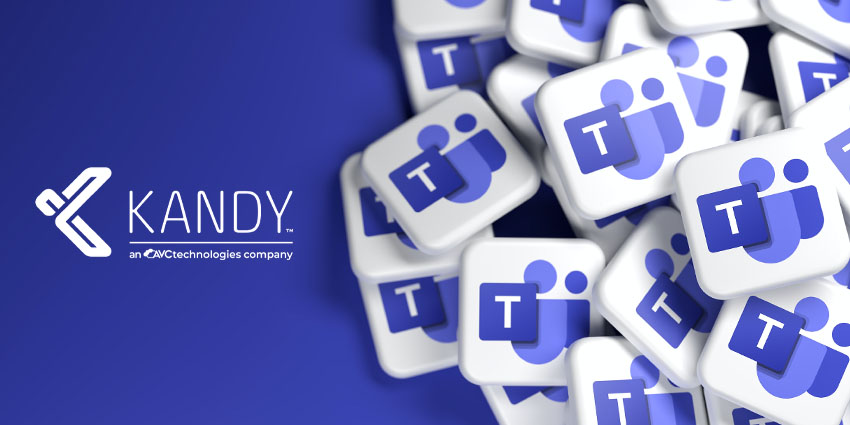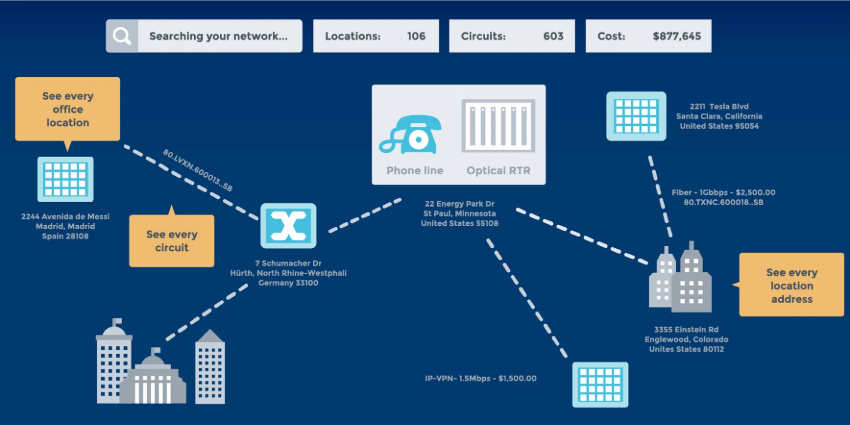Delivering change on an epic scale comes with challenge and risk.
You must prove your concept, plot your course and establish trust among those for whom you act.
Oh, and of course you need the knowledge, tools and experience with which to assure success.
Take the move to the cloud, for example.
The early adopters have, in the main, been small to medium-sized organisations with the agility to pivot quickly and efficiently in the direction of technological progress.
For the large, say 50,000+ employee enterprises, that kind of strategic redirect is a seriously-big undertaking that comes with eye-watering complexity.
Add multi-national, multi-site, and muti-regulatory dynamics into the mix and it’s clear that the cloud’s potential to modernise the way global operations communicate is as tricky as it is transformational.
That said, for communications carriers, Value Added Resellers and Managed Service Providers, that kind of large-scale enterprise market is where the new growth opportunities lie.
So, picking the right partner with the right tools, the right knowledge and the right experience is about as important as it gets.
“Large, multi-national organisations are now ready to begin moving their communications technology into the cloud – these are complex projects but the opportunities are very much there,” says Philip Linttell, Senior Director of Product and Design at US-based, global cloud communications provider Kandy, whose solutions and strategy tick all of those boxes.
“Those types of organisations are not interested in running their own telephony or communications infrastructure anymore; the maintenance costs associated with out-dated technology are too high and the telecoms skills required within organisations to run those systems are becoming rarer as people retire.
“Instead, they are looking to simplify their overall management of enterprise communications, SIP trunking, and PSTN access globally. As a result, they want a partner that is able to help them deal with all the legacy that is in their systems like fax machines and analogue lines and PBXs”
For many large enterprises, that means further-leveraging their already-embedded Microsoft stack – Microsoft Teams in particular.
They want to add telephony, but they also want to integrate with all of their multiple systems and existing contacts in multiple countries.
Cue: more of that complexity; but also more of that opportunity.
“There’s no doubt that the key enablers of the shift in strategy have been the pandemic plus Microsoft’s ability to deliver a global unified communications solution in the form of Microsoft Teams,” says Linttell.
“But there is always the complexity of providing voice services, leveraging PSTN access and SIP Trunking, and the regulatory requirements in every geographical market.
“For a large multi-national organisation, it is incredibly complex and costly and involves a lot of specialist knowledge.
“So, our focus is on dealing with that complexity and providing a tie-in to Microsoft Teams that takes account of it.”
Kandy’s Microsoft Teams Direct Routing as a Service (DRaaS) solution is a white-label, cloud-based service that is multi-tenanted and scalable to handle the largest of multi-site, global enterprises.
It provides provisioning and management of phone numbers, users, and license packages as well as managed gateways that deal with an organisation’s legacy infrastructure and interfaces with the types of services it runs.
“Our ability to integrate into carriers’ networks and enable them to extend their existing offer to their end user customers with APIs is a real differentiator,” says Linttell.
“Carriers understandably want to directly drive the purchasing, monitoring and manging of their services into their back-office systems and CRMs.
“That’s where our added value is – the ability to tie everything to all of the back-end capabilities that a carrier has but which needs to do that in a normalised, standardised way.”
Crucially, Kandy’s CPaaS solution which forms the backbone of Kandy’s MS Teams DRaaS service, is designed to also integrate with carriers’ UCaaS capabilities.
“To date, for many large companies, UC has not been a huge focus,” says Linttell.
“But we are now seeing that tipping point at the high end of the market, which also means further opportunities for carriers, resellers and Managed Service Providers.
“The end user organisation has the ability to move into a subscription model and can scale their service up or down.”
Naturally, the impact on cost can be significant.
“Once they are onboarded, they have the ability to make changes for themselves through portals and APIs so they can take control of their business going forward,” says Linttell.
“That’s very different to how they will have been processing change requests and service orders.”
So, the concept has been proven, an appropriate course can now be plotted, and the right tools and experience are close at hand.
For more information on Kandy’s Microsoft Teams Direct Routing as a Service (DRaaS) solution, Contact Us







